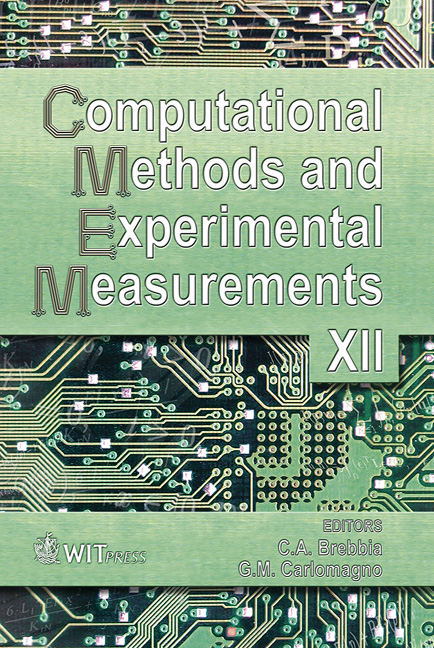Experimental And Analytical Analysis Of The High-temperature Mechanical Properties Of Steel Under Continuous Casting Conditions
Price
Free (open access)
Transaction
Volume
41
Pages
12
Published
2005
Size
588 kb
Paper DOI
10.2495/CMEM050731
Copyright
WIT Press
Author(s)
R. Pierer, C. Bernhard & C. Chimani
Abstract
The modelling of thermo-mechanical aspects of the continuous casting of steel demands knowledge of the constitutive material equations which describe the complex relationships between stress, strain and time at temperatures up to the melting point. The mechanical properties of steel at higher temperatures depend not only on the composition and temperature of the steel, but also on the microstructure, which, in turn, depends on the cooling conditions during and after solidification. A proper experimental determination of the material properties of steel under continuous casting process conditions thus requires the adjustment of cooling conditions to the simulated process. For this purpose, an in-situ tensile test method, the SSCT test, has been developed over more than ten years, offering a laboratory experiment, with conditions similar to those in the actual process, to determine the high-temperature mechanical properties and crack susceptibility of steel. This paper deals with a coupled, thermo-mechanical analysis of the SSCT test based on constitutive equations from the literature, and compares the results with results from two SSCT test series. A comparison with results from more complex FE-calculations, the solidification model calcosoft2D and a 2D-thermal-mechanical ABAQUS-model, shows the limitations of the model, but also the adequate accuracy of the results of this simple approach. Keywords: continuous casting, high-temperature properties, constitutive models.
Keywords
continuous casting, high-temperature properties, constitutive models.





